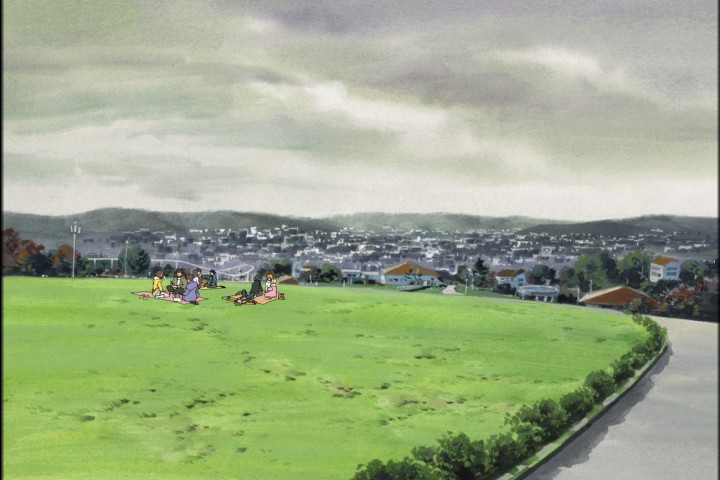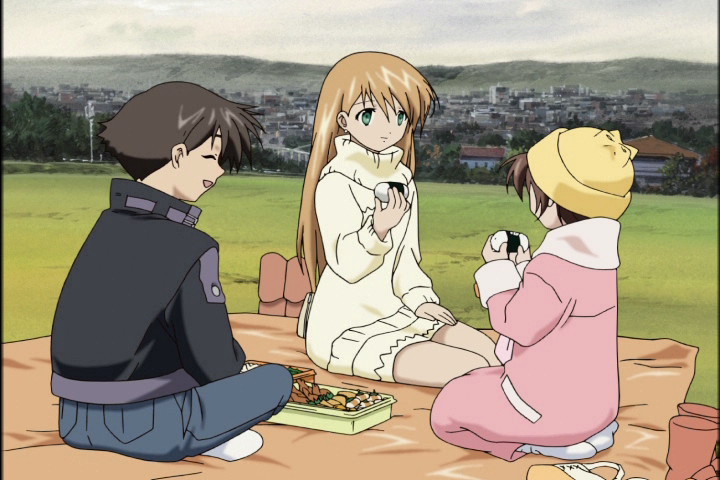I've been ignoring this because I was disappointed with the first volume, but after seeing the great works Kyoto Animation has been producing recently (AIR TV, Suzumiya Haruhi no Yuuutsu), I decided to see how they improved during the 2 years from the original Munto release.
Munto is an experimental anime for Kyoto Animation, which explains most, if not all, of the problems I find with it. For example, there are way too many different animation styles used in the show. It's as if every cut was done by different directors (animation, art, etc.), without much collaboration. Each style shows off great new capabilities of the studio, but the end result doesn't make for a good viewing material, unless the goal of the viewer is to focus on the technical improvements brought on by each episode.
In fact, technical side is what I focus on when I watch this. It's really interesting to see new improvements that wasn't there in the earlier productions. Their latest production (Haruhi) has even more technical improvements over this, meaning that Kyoto Animation is continuing to improve even now.
Here's to technically driven companies!
By the way, this DVD contains almost 8 minutes worth of digest video of the original Munto. It's almost enough to recommend new buyers to consider skipping the first DVD completely. But then, I imagine most buyers of this DVD already has the first DVD.
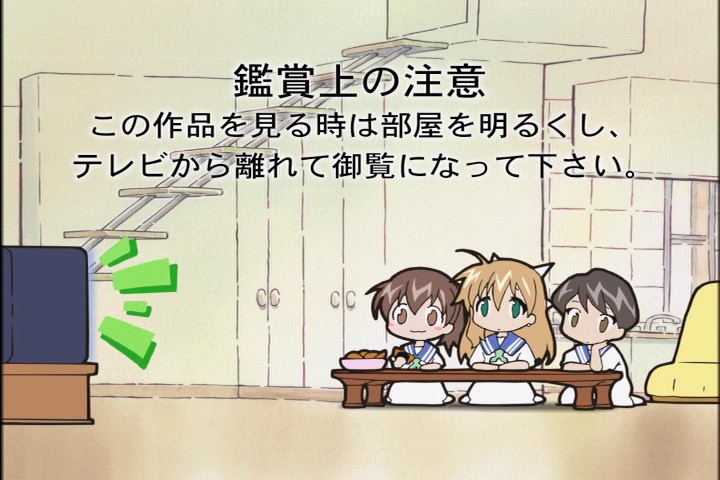
Foreground objects are easily distinguishable from background objects. This is actually still true in recent Kyoto Animation productions (e.g. Haruhi), but as long as the scene does not stay on screen for too long, it is unlikely to be distracting.



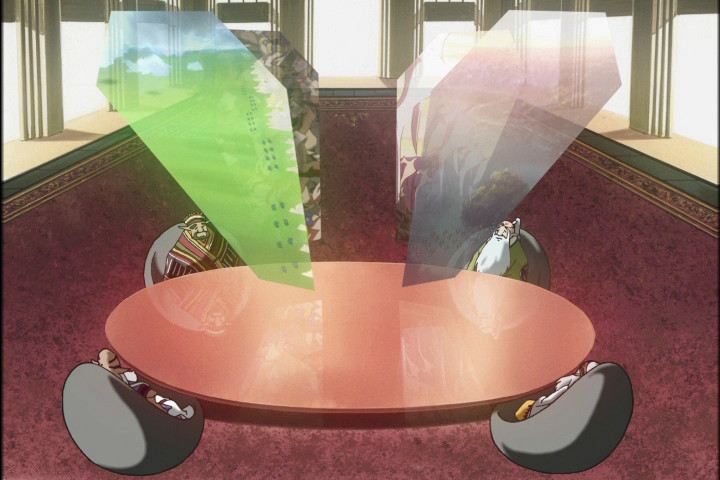

Somewhat unrealistic-looking action scene on too realistic-looking background. Something like the battle scene from Nausicaa is more consistent with itself.
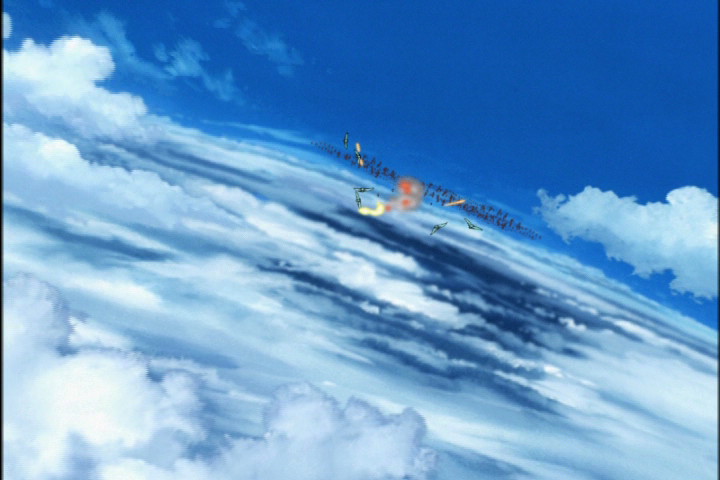
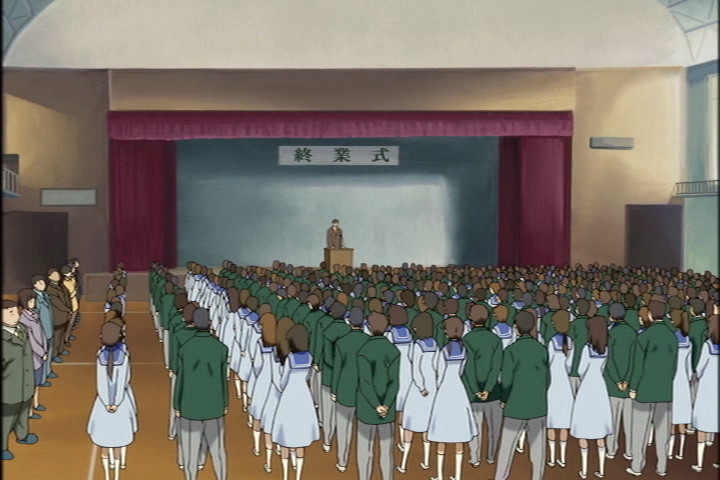
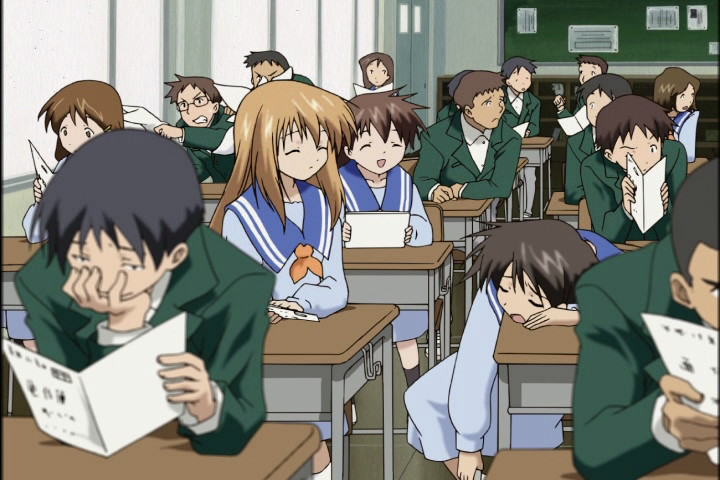
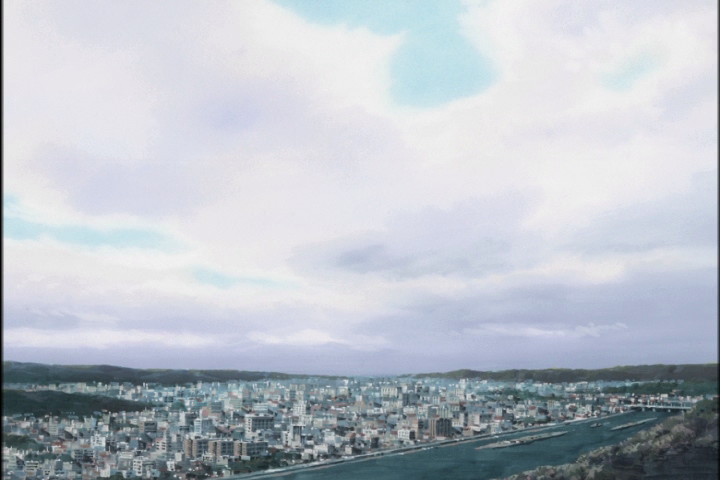
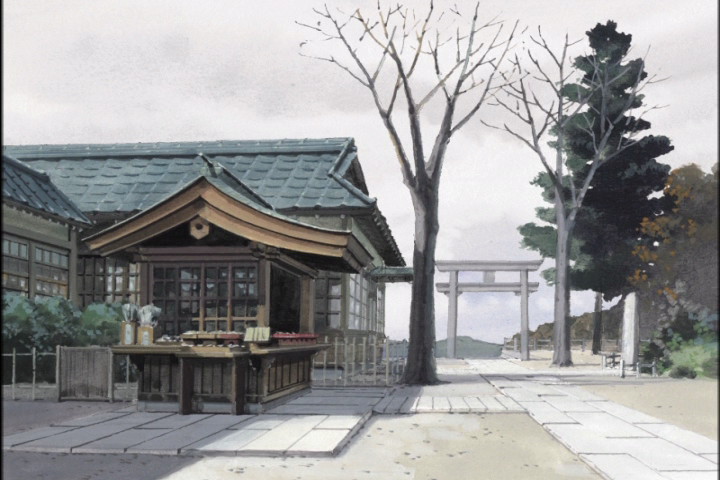
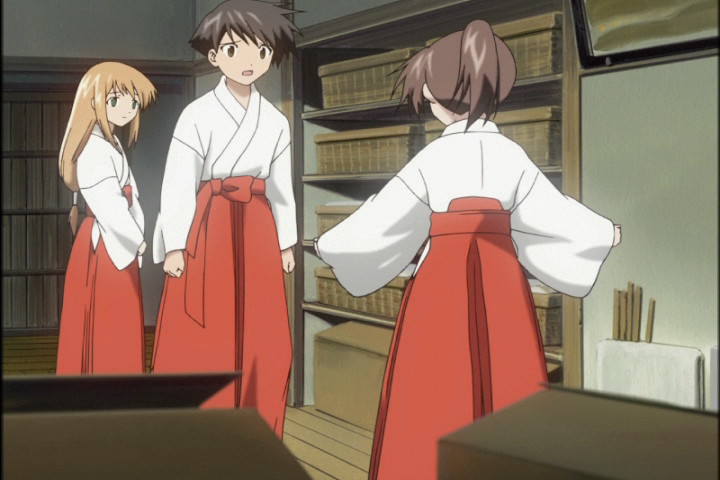
Too much detail in supporting animation. Viewer's attention might drift off to the wrong part of the screen. They should've simulated a narrow depth of field centering around the characters.
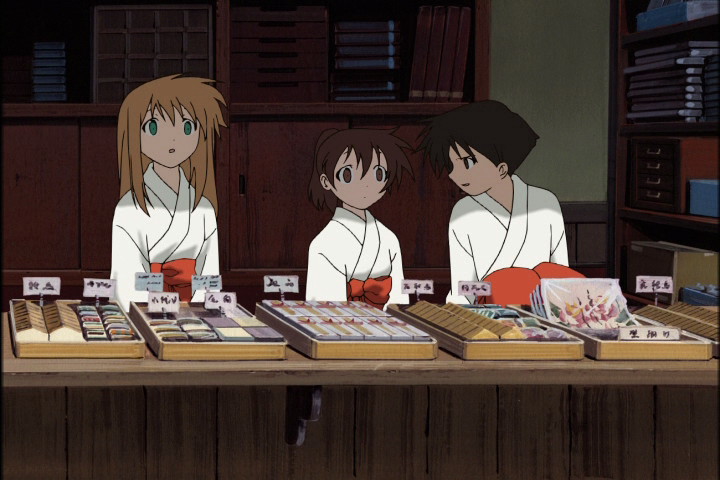
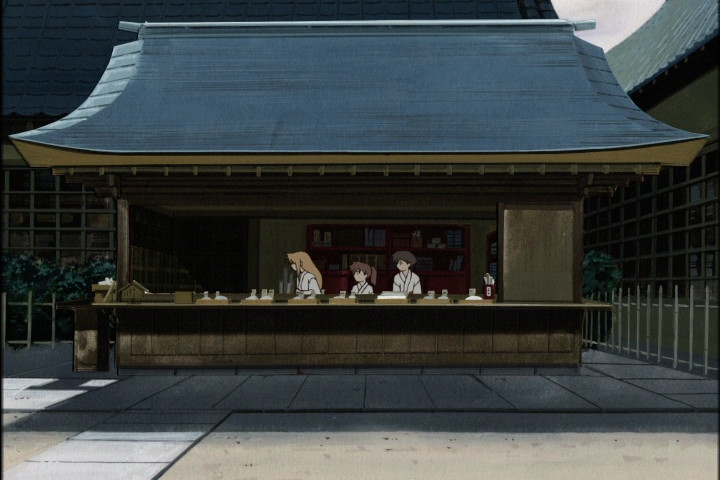
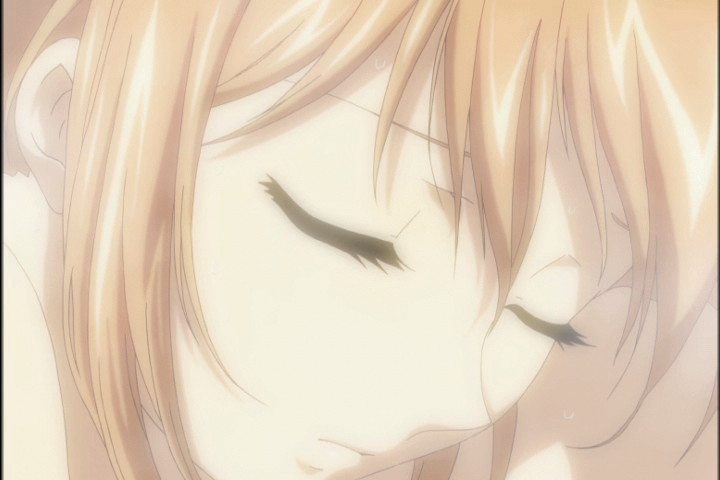


Unbelievably sharp character drawings, which is good, but not when it contradicts the rest of the scene.
